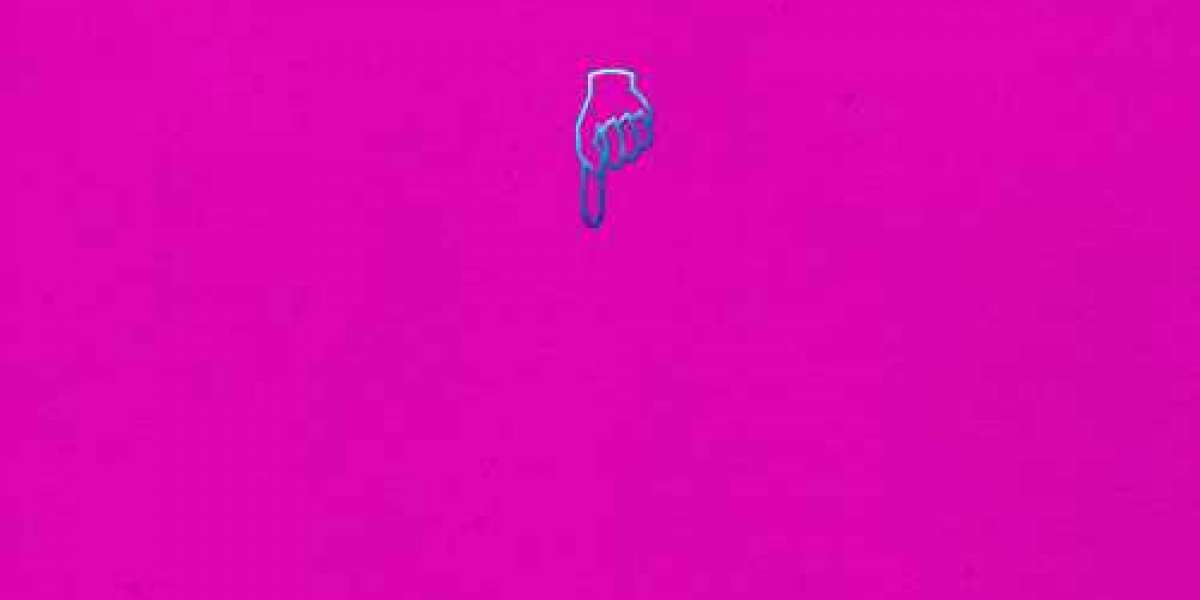Muscle pain, also known as myalgia, can be a common and sometimes debilitating condition. Whether it’s due to an intense workout, a minor injury, or a chronic condition, muscle pain can significantly impact your daily life. Fortunately, there are several strategies you can use to alleviate muscle pain and improve your overall well-being. This guide will walk you through a comprehensive approach to managing muscle pain effectively.
Understanding muscle pain
Muscle pain can be acute or chronic. Acute muscle pain typically arises suddenly and is often due to an injury or overuse. Chronic muscle pain, on the other hand, persists over a longer period of time and may be related to underlying medical conditions such as fibromyalgia or arthritis.
Common causes of muscle pain include:
Overuse or strain: This occurs when muscles are overworked during physical activity.
Injuries: such as sprains and strains.
Tension and stress: Emotional stress can lead to muscle tension.
Medical conditions: conditions like fibromyalgia, infections, or autoimmune diseases.
Step-by-Step Guide to Alleviating Muscle Pain
1. Rest and Recovery
When experiencing muscle pain, it’s essential to rest the affected area. Rest allows the muscles to heal and recover from strain or injury. Avoid engaging in activities that might aggravate the pain further.
Tips for effective rest:
Limit movement: Avoid using the affected muscle as much as possible.
Elevate: If the pain is in your legs or arms, elevate them to reduce swelling.
Comfortable position: Find a comfortable resting position that doesn’t strain the muscle.
2. Apply ice or heat.
Applying ice or heat can be very effective in reducing muscle pain and inflammation.
Ice Therapy:
When to use: Ice is most effective within the first 24 to 48 hours after an injury.
How to apply: Wrap ice in a cloth and apply it to the affected area for 15-20 minutes every hour.
Benefits: Reduces swelling and numbs sharp pain.
Heat Therapy:
When to use: Heat is beneficial for chronic muscle pain or after the initial swelling has reduced.
How to apply: Use a heating pad or warm towel and apply it to the affected area for 15-20 minutes.
Benefits: It increases blood flow, relaxes muscles, and promotes healing.
3. Gentle stretching and exercise
While rest is crucial, gentle stretching and exercise can help prevent stiffness and maintain flexibility.
Stretching:
Simple stretches: Perform light stretches that target the affected muscle group.
Hold for 20–30 seconds: Ensure the stretch is gentle and not painful.
Frequency: Stretch multiple times a day to maintain flexibility.
Exercise:
Low-impact activities: Engage in low-impact exercises like walking or swimming.
Gradual increase: Gradually increase the intensity and duration of exercise as your muscle heals.
Consistency: Regular exercise helps strengthen muscles and prevent future injuries.
4. Over-the-Counter Pain Relief
Over-the-counter (OTC) medications can be useful for managing muscle pain. Common options include:
Pain relievers: Acetaminophen (Tylenol) can help reduce pain.
Nonsteroidal anti-inflammatory drugs (NSAIDs): Ibuprofen (Advil) and naproxen (Aleve) can help reduce both pain and inflammation.
5. Prescription medications
For more severe muscle pain, prescription medications might be necessary. One such option is Pain O Soma, available in two dosages: Pain O Soma 500 mg and Pain O Soma 350 mg.
Pain O Soma: This medication works by blocking pain signals between the nerves and the brain.
Dosage: Follow the prescribed dosage and consult with a healthcare professional before starting any medication.
Purchase options: You can buy Pain O Soma 500 mg online or buy Pain O Soma 350 mg online from Primewellrx, a trusted pharmacy.
6. Physical therapy
Physical therapy can be highly effective for chronic or severe muscle pain. A physical therapist can develop a personalized treatment plan that may include:
Exercises: strengthening and flexibility exercises tailored to your needs.
Manual therapy: techniques such as massage or joint mobilization.
Education: guidance on posture, ergonomics, and body mechanics.
7. Massage Therapy
Massage therapy can help relax tense muscles, reduce pain, and improve circulation. Different types of massage can be beneficial:
Swedish massage: uses gentle strokes and kneading to relax muscles.
Deep tissue massage: focuses on deeper layers of muscle and connective tissue.
Trigger point massage: targets specific points of tension in the muscles.
8. Stay Hydrated and Maintain a Balanced Diet
Proper hydration and nutrition play a vital role in muscle health and recovery.
Hydration:
Water: Drink plenty of water throughout the day to stay hydrated.
Electrolytes: Include electrolyte-rich beverages if you engage in strenuous physical activities.
Nutrition:
Protein: Essential for muscle repair and growth. Include lean meats, fish, eggs, and plant-based proteins.
Anti-inflammatory foods: Incorporate foods rich in omega-3 fatty acids, such as salmon, walnuts, and flaxseeds.
Vitamins and minerals: Ensure adequate intake of vitamins D and C, calcium, and magnesium for overall muscle health.
9. Practice good posture and ergonomics.
Maintaining good posture and ergonomics can prevent muscle pain and reduce strain on your muscles.
Tips for good posture:
Stand and sit straight: Keep your back straight and your shoulders relaxed.
Ergonomic furniture: Use chairs and desks that support good posture.
Take breaks: If you sit for long periods, take frequent breaks to stretch and move around.
10. Use supportive devices.
Supportive devices can provide relief and aid in the recovery of muscle pain.
Common supportive devices:
Braces and supports: Provide stability and reduce strain on affected muscles.
Orthotic insoles: can help improve posture and reduce pain in the legs and back.
Compression garments: help reduce swelling and support muscle recovery.
11. Manage stress
Stress can contribute to muscle tension and pain. Managing stress through relaxation techniques can be beneficial.
Relaxation techniques:
Deep breathing exercises: Practice deep breathing to relax muscles.
Meditation and mindfulness: Engage in mindfulness practices to reduce stress.
Yoga: combines physical postures, breathing exercises, and relaxation techniques.
12. Seek professional help.
If muscle pain persists or worsens despite self-care measures, it’s essential to seek professional help. A healthcare provider can diagnose the underlying cause of the pain and recommend appropriate treatment options.
When to seek help:
Severe pain: If the pain is intense and does not improve with rest and self-care.
Persistent pain: pain that lasts for more than a few days or weeks.
Accompanying symptoms: If you experience additional symptoms such as swelling, redness, or fever.
Conclusion
Muscle pain can be a challenging condition, but with the right approach, it is manageable. By following these step-by-step strategies, you can alleviate muscle pain and improve your overall quality of life. Remember to listen to your body, take appropriate rest, and seek professional help when necessary.
For those needing medication, Pain O Soma can be a valuable option. You can conveniently buy Pain O Soma 500 mg online or buy Pain O Soma 350mg online from Primewellrx, ensuring you have access to effective pain relief.







